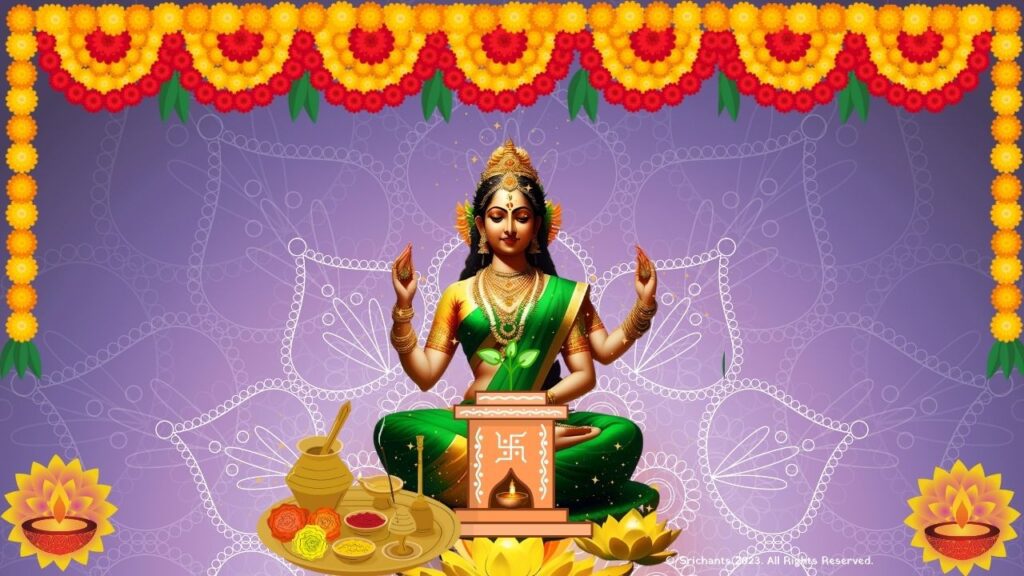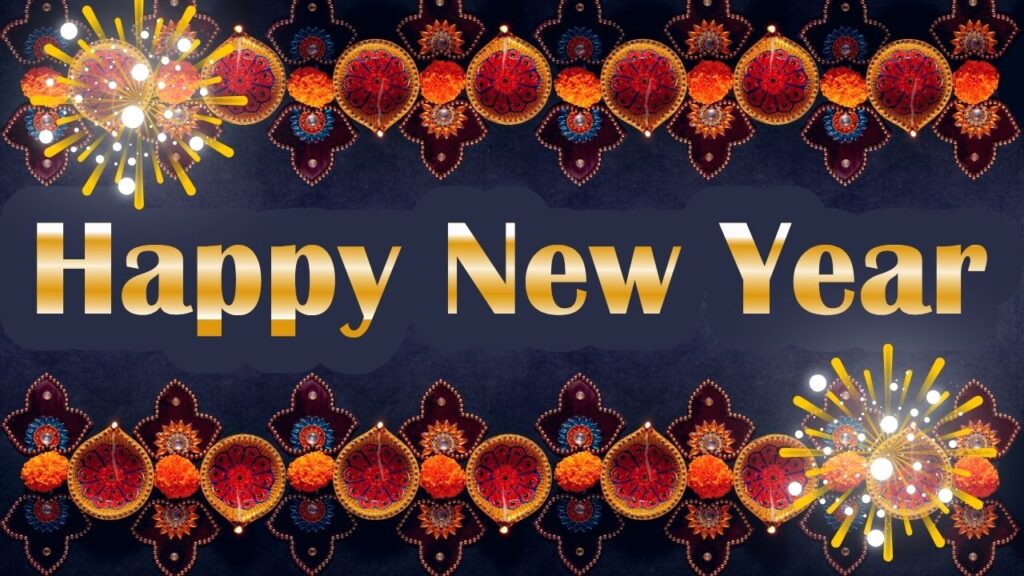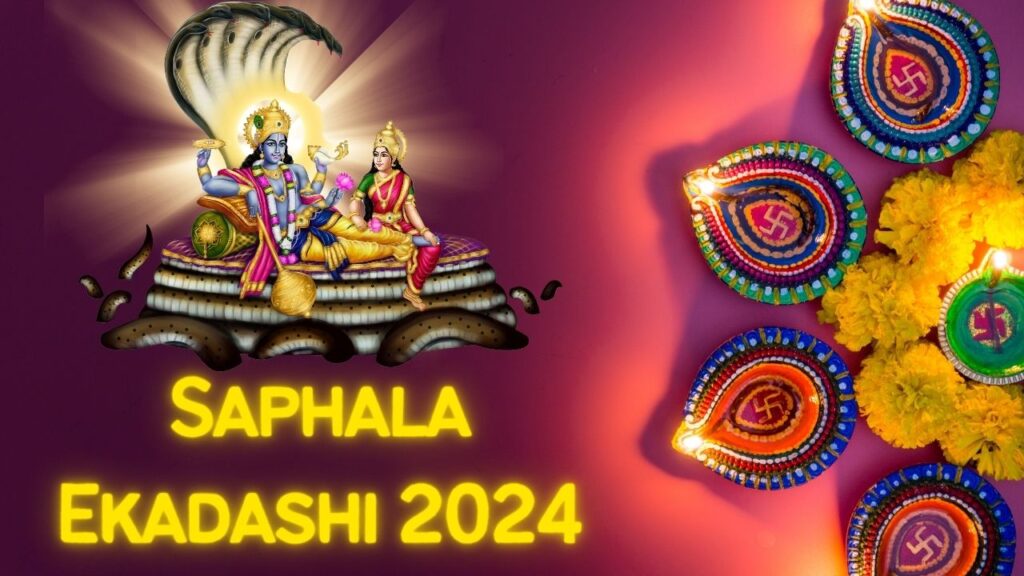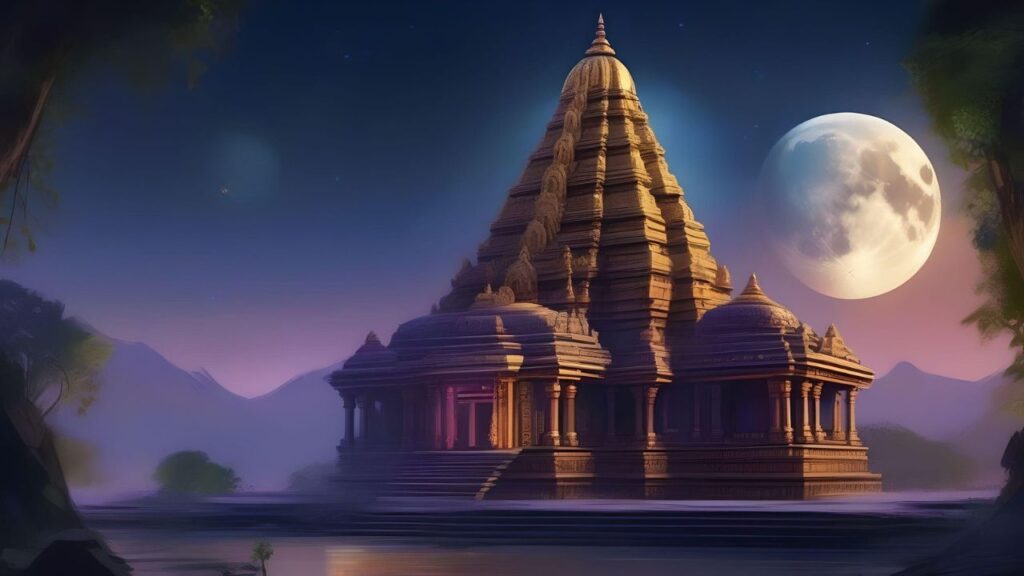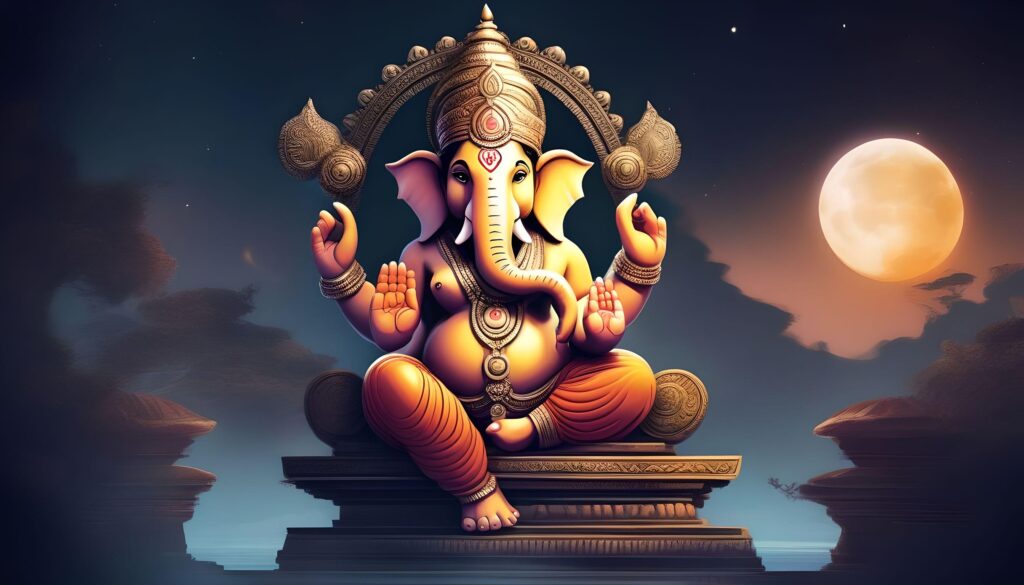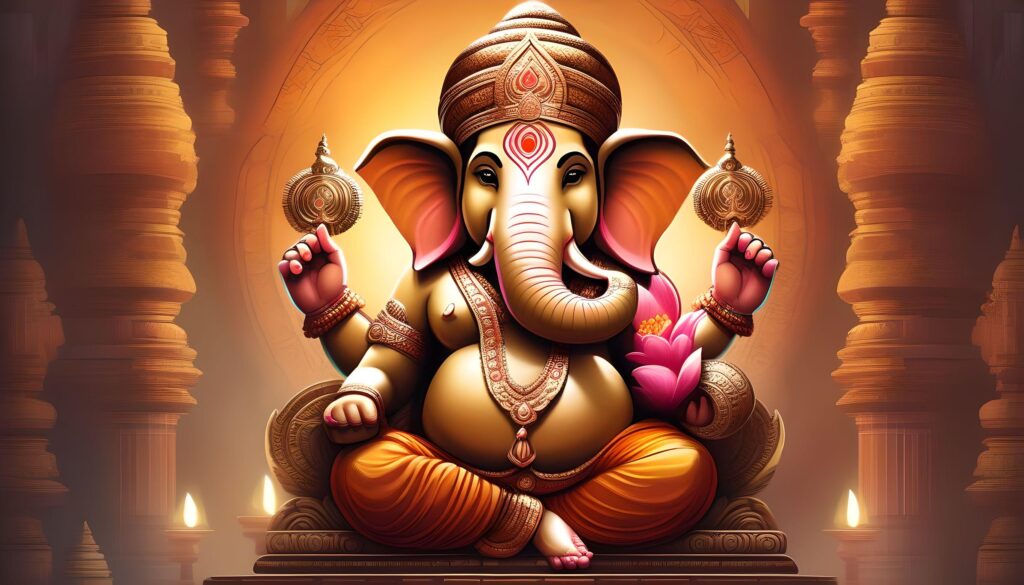Holi Festival: A Colorful Celebration of Spring
Introduction
An annual festival of colors, Holi is a jubilant and colorful celebration that occurs throughout India and internationally. This Hindu festival signifies the triumph of virtue over evil and marks the beginning of spring. Community spirit, music, and dance, as well as an ebullient display of colors, are hallmarks of the festival. This article will examine the historical, traditional, and symbolic aspects of Holi, while also investigating the diverse cultural celebrations that accompany this vibrant festival around the globe.
Origins and Significance of Holi
Holi is a festival with profound religious and cultural significance, with primordial origins. The festival is predominantly observed by adherents of the Hindu faith and is linked to a multitude of mythological narratives. A widely disseminated legend associated with Holi is the tale of Hiranyakashipu and Prahlad, an emblematic account of righteousness triumphing over malevolence. As per Hindu mythology, Hiranyakashipu was a tyrannical monarch who proclaimed himself immortal and insisted on being venerated as a deity. His son Prahlad, nevertheless, maintained his devotion to Lord Vishnu. Holika, sister of Hiranyakashipu, intended to inflict punishment on Prahlad by igniting him in a fire; however, she inadvertently perished in the ensuing flames. In observance of this occasion, bonfires are lit on the eve of Holi; this ceremony is called Holika Dahan.
The Festival of Colors
The flamboyant interplay of colors is the focal point of Holi. People congregate in residential areas, public thoroughfares, and public spaces the day following Holika Dahan to participate in a vibrant color-throwing extravaganza. The participants engage in a jubilant exchange of colored powders and spray water infused with vivid pigments. During Holi, the colors utilized have symbolic significance. Blue is symbolic of Lord Krishna, who is frequently portrayed with blue complexion. While crimson represents love, matrimony, and fertility, green represents rebirth and fresh starts. A hue frequently derived from turmeric, yellow is regarded as a symbol of good fortune.
Holi Celebrations in India
India serves as the focal point for Holi festivities, which are celebrated with tremendous zeal and festivity across the nation. Regarding Holi, every region in India has its own traditions and customs. Holi is eagerly anticipated in Mathura, the city where Lord Krishna was born. Devotees congregate in large numbers to enact various scenarios from Krishna’s life. Holi is observed in the Indian state of West Bengal as Basanta Utsav or Dol Jatra, and is accompanied by dance, music, and the application of colored powders. In Rajasthan and Gujarat, among other regions of India, Holi is celebrated with vibrant folk dances, musical performances, and the act of tossing colors.
Holi Celebrations Around the World
The joyous essence of Holi has surpassed geographical boundaries and is presently observed in numerous regions across the globe. The festival has been introduced to numerous nations by Indian diaspora communities, including the United States, Canada, the United Kingdom, and Australia. International Holi celebrations frequently encompass a variety of activities, including lively color displays, traditional cuisine, cultural performances, and live music. Prominent urban centers such as New York, Houston, Boston, and Los Angeles serve as venues for expansive Holi celebrations, which draw individuals from various cultural backgrounds who unite to partake in the joyous ambiance.
Holi Festival in the United States
The celebration of Holi has been widely embraced in the United States, with numerous communities organising lively events throughout the nation. Thousands of people gather in Spanish Fork, Utah, for one of the most sizable Holi celebrations in the United States. Cultural performances, music, dance, and, of course, the renowned color-throwing festivities are all featured at the event. Additional communities, including Boston, New Jersey, and Houston, host Holi celebrations and events, allowing individuals from diverse backgrounds to partake in the exuberance and jubilation of this Indian festival.
Unique Holi Traditions
Although the most widely recognized tradition of Holi is the act of flinging colors, the celebration also incorporates a multitude of distinctive customs and rituals. The Lathmar Holi festival, which is observed in the Indian city of Barsana, is one such custom. Women beat males with sticks in good faith during this lighthearted occasion, which symbolized the jovial taunts between Lord Krishna and the milkmaids of Barsana. An additional captivating tradition involves the application of natural pigments, flowers, and botanicals as sources of color. As individuals become more environmentally conscious and cognizant of their own influence on the planet, these colors that are favorable to the environment are gaining importance.
Holi Food and Drinks
Holi, like every other festival in India, is incomplete without savoring delectable traditional foods and beverages. A multitude of delectable delights are associated with the festival, including gujiyas (sweet dumplings), malpua (pancakes), thandai (a spice-infused milk-based drink), and bhang (a cannabis-infused drink). These gastronomic pleasures contribute to the celebratory ambiance and offer a glimpse into the opulent cultural legacy linked with Holi.
Holi Safety Tips
While Holi is a joyous occasion, it’s essential to celebrate it responsibly and prioritize safety. Here are some important safety tips to keep in mind during the festivities:
- Protect your skin and eyes by applying moisturizer and wearing sunglasses.
- Opt for natural, eco-friendly colors to minimize harm to the environment and your health.
- Stay hydrated by drinking plenty of water throughout the day.
- Be mindful of others’ boundaries and seek consent before applying colors to someone.
- Ensure the cleanliness and hygiene of the colors used to prevent skin infections or allergies.
- Take care while playing with water to avoid slipping or accidents.
By following these tips, you can enjoy a safe and memorable Holi celebration.
Holi: A Celebration of Unity and Joy
In addition to its religious and cultural import, Holi is a festivity that fosters solidarity, jubilation, and inclusiveness. Throughout this festival, individuals from diverse social backgrounds unite in an effort to adopt the spirit of joy and unity, which dismantles social barriers. Another significance of Holi is to underscore the triumph of good over evil and the strength of love and friendship. In India or any other country across the globe, Holi presents an exuberant and vivid encounter that will indelibly imprint on one’s memory.
Experience the Magic of Holi
Should you be enthralled by the ambiance of Holi and yearn to personally partake in this enchanted celebration, you may do so in a variety of methods. One might contemplate participating in a Holi tour or embarking on a journey to India during the festival season in order to behold the splendor and cultural abundance of the festivities. Numerous volunteer organizations provide opportunities to enjoy Holi while contributing to the betterment of the local communities. Embrace the exuberant disorder, vibrant commotion, and contagious vitality that characterize Holi to create a memorable experience.
Conclusion
Holi, the Festival of Colors, is a magnificent festivity that symbolizes the triumph of righteousness over malevolence and the advent of spring. Holi delights millions of individuals across the globe through the amalgamation of vivid hues, melodies, animated movements, and a sense of communal unity. Whether one participates in the Holi festivities in India or in their own country, the experience is certain to create enduring memories. Therefore, assemble your cherished ones and companions, fully engage in the vivid colors, and witness the enchantment of Holi manifest before your very eyes. Joyous Holi!

